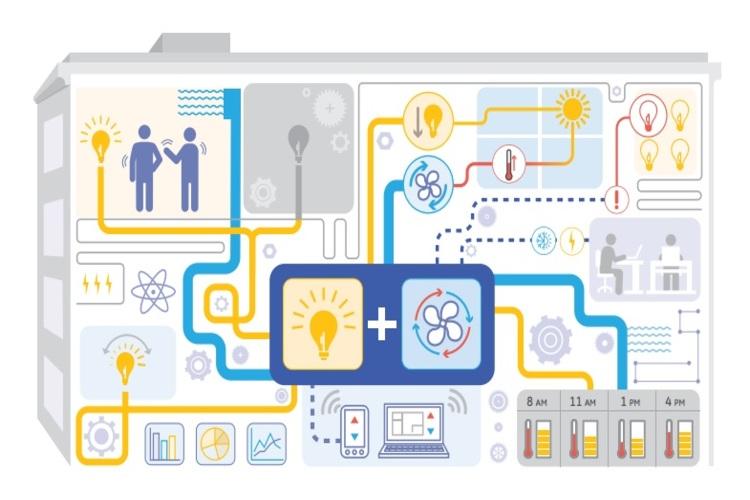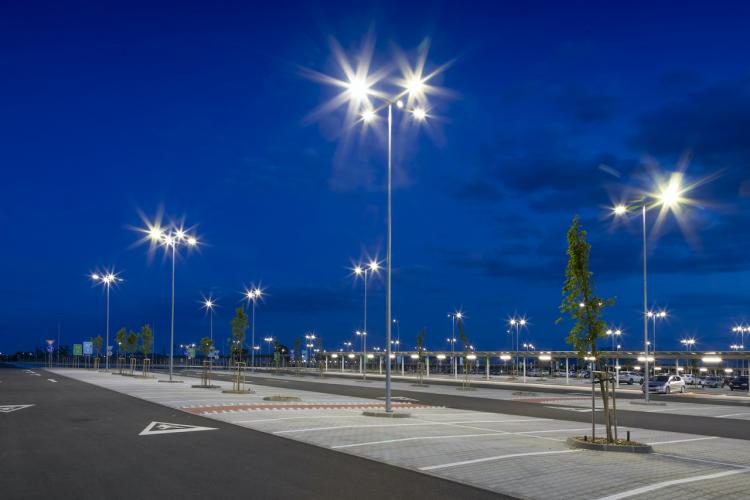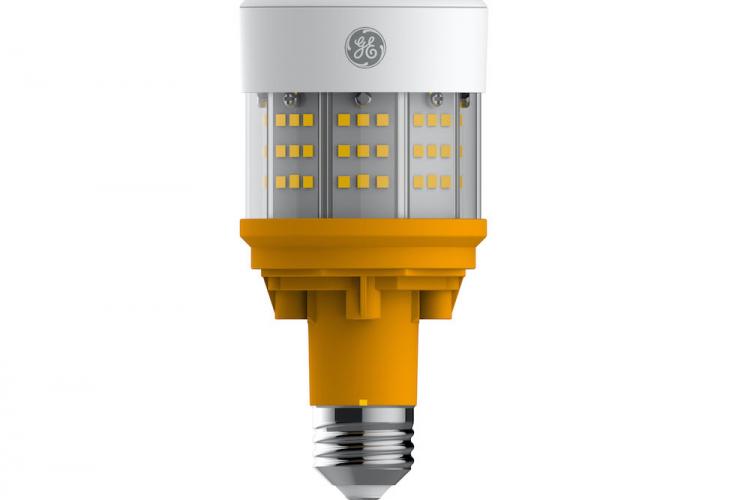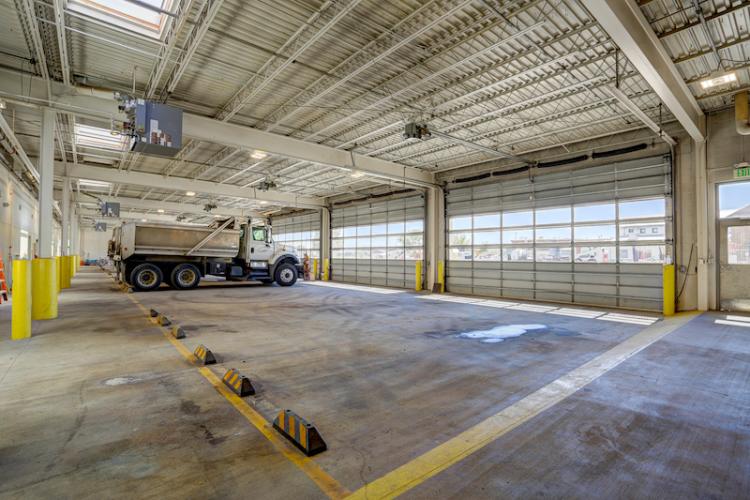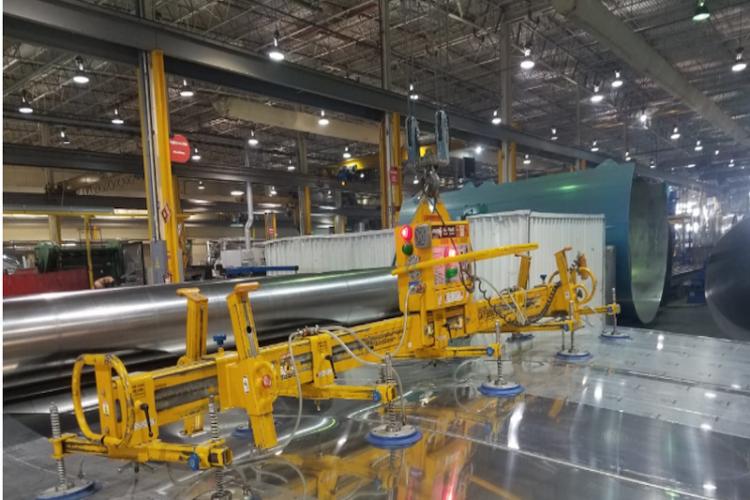How to Build an Intelligent Office
How to Build an Intelligent Office
Smarter energy management starts with integrated lighting and HVAC controls
Does your office building have a mind of its own? Can it sense daylight and instantly dim lights, or come to life just in time to offer a warm greeting on a cold morning? Can it optimize lighting schedules in response to how and when rooms are occupied? Even report problems before they happen?
An intelligent office can.
Networked lighting control and building automation systems (BAS) are unlocking new advanced energy management strategies that allow owners and occupants to experience the brilliant building within: a thoughtful facility that never forgets to flip the switch when leaving a room, that empowers employees to personalize their office lighting and temperature, and that coordinates lighting, heating and cooling for optimum operational efficiency.
Did You Know?
The two systems that account for almost half of the energy used by a typical office building are heating, ventilation and air conditioning (HVAC; 28%) and lighting (20%), according to the U.S. Department of Energy*. Digital office lighting controls and building automation systems (BAS) help facility managers combat costs; both technologies modulate energy use, provide useful data and can drive savings. Often what the technologies don't do, however, is talk to each other.
Knowing the challenges that exist when controls operate separately, Current and Trane have simplified the integration of lighting and HVAC controls so they can be managed from a central platform. As industry leaders and companions on the road to enlightened energy use in offices, innovation has always been a powerful ingredient for both companies to improve occupied environments with smarter solutions now including networked lighting and HVAC control.
Knowledge is Power
An intelligent office—a building where control systems communicate seamlessly—offers owners, operators and managers an array of advantages including:
-
Additional energy savings as the result of closely coordinated automatic adjustments to office lighting and HVAC levels throughout the day
-
"one system simplicity," meaning building managers can streamline operations from a single screen, making manual adjustments to multiple platforms
-
The ability to access areas and monitor the system remotely, easily making changes from a mobile device
-
Insights into how occupants use energy - data collected by the system can be analyzed to identify trends and develop smarter strategies to eliminate waste.
-
Early detection of problems with system performance- maintenance can be alerted to minor issues before they become major repairs
-
The opportunity to add individual lighting and comfort controls to
workspaces, improving employee satisfaction and boosting productivity, as studies suggest
The LightSweep™ lighting control system from Current integrates directly with the Tracer™ SC building automation system from Trane, giving owners one easy-to-use system to combat the two biggest energy costs in offices—lighting and HVAC. LightSweep enables simple switching, on/off scheduling, occupancy sensing and daylight harvesting in offices while Tracer SC integrates Current's lighting control with climate systems for maximum operational efficiency. This connectivity allows a building to seem “aware” of its occupants and responsive to their needs while effectively managing energy use throughout the facility—even shedding load during periods of demand response.
New Learning
Until now, there has been little incentive to connect control systems, despite the obvious benefits, due to technical complexities and the fact that lighting and HVAC remain, respectively, the domain of electrical and mechanical engineers—meaning collaboration around these systems is rare. In an era of evolving energy legislation, however, controls for lighting and building automation are gaining popularity across the country as recognized methods for reducing electricity use.
Consider that ASHRAE 90.1, the world's most adopted building energy code, was updated in 2010 to incorporate daylight harvesting and other lighting control requirements for new construction. Minimum efficiency standards for many types of HVAC equipment were also revised.
More recently, the California Energy Commission amended its Title 24 Energy Efficiency Standards, effective Jan. 1, 2014, to include the use of advanced lighting controls “to synchronize light levels with daylight and building occupancy, and provide demand response capability.”
These requirements may not be widespread to date, but as states continue to mandate more energy-efficient structures, the rewards of staying ahead of regulations will be realized sooner than later.
In fact, the race to building intelligence is already on, with worldwide revenue from networked lighting controls expected to jump from $1.7 billion a year in 2013 to more than $5.3 billion by 2020, according to a new report by Navigant Research.
Navigant states that lighting controls in commercial buildings are entering a period of dramatic transformation as demand for occupancy sensors, photosensors and networked controls rises, and as the adoption rate of light-emitting diode (LED) lighting systems begins to climb as well.
When planning your next building project, pay mind to the advantages of an integrated lighting and HVAC control platform—an intelligent office can offer smarter energy savings and a more pleasant work environment, among so much more.
Explore what’s possible with smart LED and other technologies for commercial office with Current.


